Virtual photography from video games such as Assassin’s Creed Valhalla challenges the meaning of photography. Here are my best 20 “photos.”
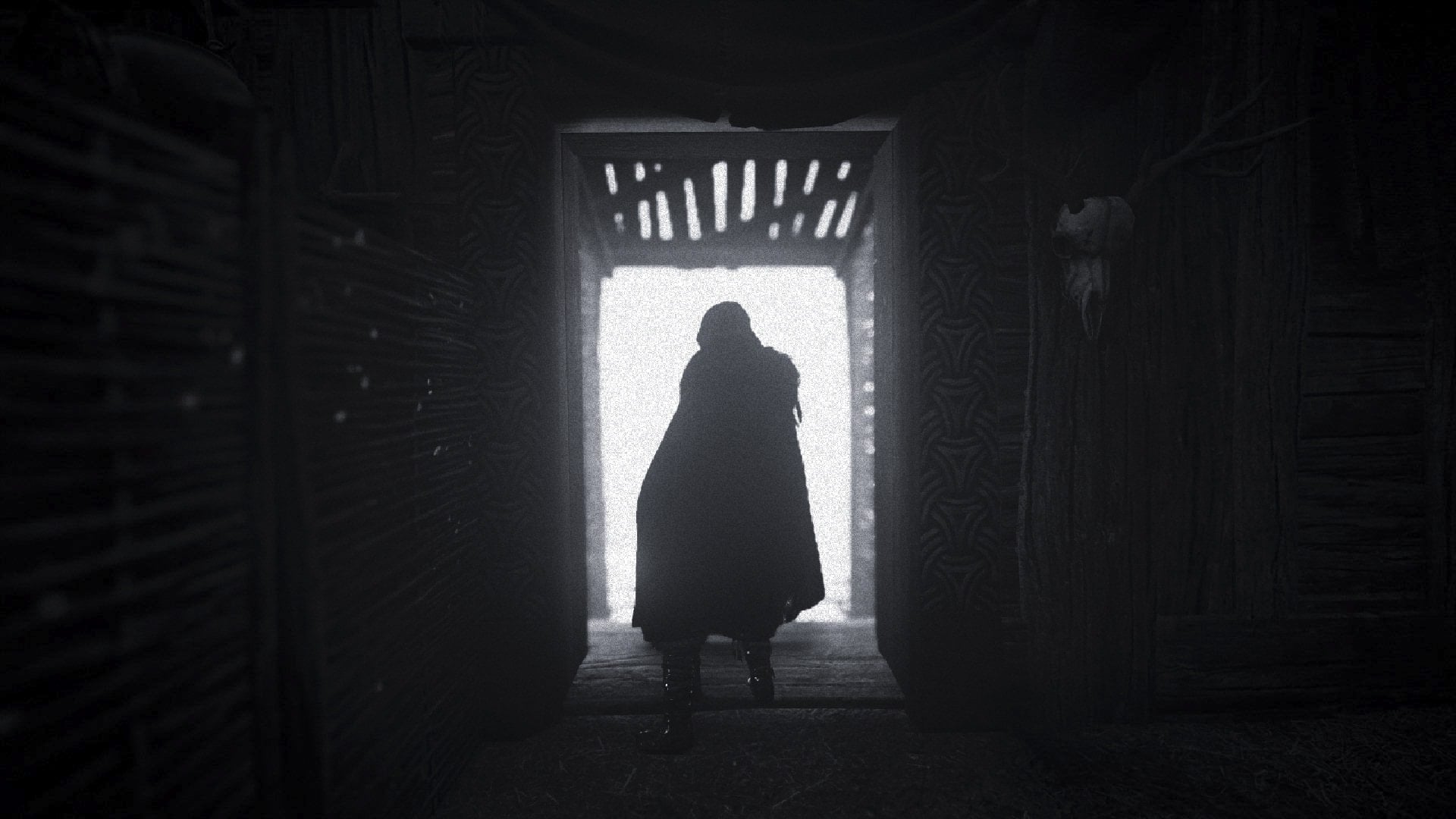
Photography is often defined as the art of capturing light. Is capturing what you see on your TV considered capturing light? It definitely is a form of capturing light. But I’m sure many photographers would find it offensive if you considered screenshots as photography. Many already have a hard time viewing cell phone photos as legitimate photography. But artists have already been making art with screenshots for years now as discussed at Photopedagogy.com.
My Exploration of Virtual Photography
As a photographer myself, I have a really hard time fully dismissing the idea that an in-game photo is photography. I decided to play and finish the Xbox game by Ubisoft called Assassin’s Creed Valhalla. It’s an amazing game where you are playing as a Viking in the midst of conquering England. Ubisoft beautifully created the scenes and characters in this game. So while playing this game I took advantage of the in-game camera to explore the art of virtual photography.
Interestingly, the “photos” from this game are not merely screenshots. The game developers added an in-game camera you can use at almost any moment to take a photo. You can zoom in and out, change the angle, set the exposure, adjust the focal plane, and more as you do with a real camera. You can also change the color, temperature, grain, contrast, and saturation of these scenes before you take the photo. All editing work, in this case, is done before you capture the scene, instead of after which is also unique. Generally, in photography, you edit the image after you take it.
Creating The Virtual Photographs
Before I captured each image, I would spend several minutes figuring out the best image I could make. I would look for the best position of the camera, the focal range, and the lighting to achieve my vision. I do the same thing when I use my real camera. This experience had me questioning what exactly is photography.
When a photographer takes a photo of a landscape, a street scene, architecture, a person, etc, they didn’t create any of that. So what is the difference between taking a photo of a real landscape vs a virtual landscape? Especially if you created neither of them. Another argument someone may have is that in a virtual world the photographer has way more control. But that’s true for studio photography also. Photographers generally completely control and manufacture the photos created in a studio setting. And then during post-processing, they further control the outcome of the image.
The Difference Between Virtual and Real Photography
I think the fundamental difference between the two is risk. To take a photo in real life you generally have to go somewhere. Traveling is one of the common types of risk involved in most photography. There’s also risk involved when hiking to an exotic viewpoint or taking a photo of a stranger that gets angry. In a studio, there’s a risk of falling lights or an uncooperative model. But with virtual photography, there is almost no risk at all. And that low risk is pretty much equal for all virtual photographers, one photo doesn’t require more risk than another. The value of art and photography is rarely ever dependent on risk; instead, it’s based on how it resonates with the viewers. Do these photos resonate with you? Would you consider them real photography even though I made them in a video game?
I made all these photos with the in-game camera in Assassin’s Creed Valhalla. I did not do any post-processing on these photos at all. All adjustments were done in-game just before capturing the photo.
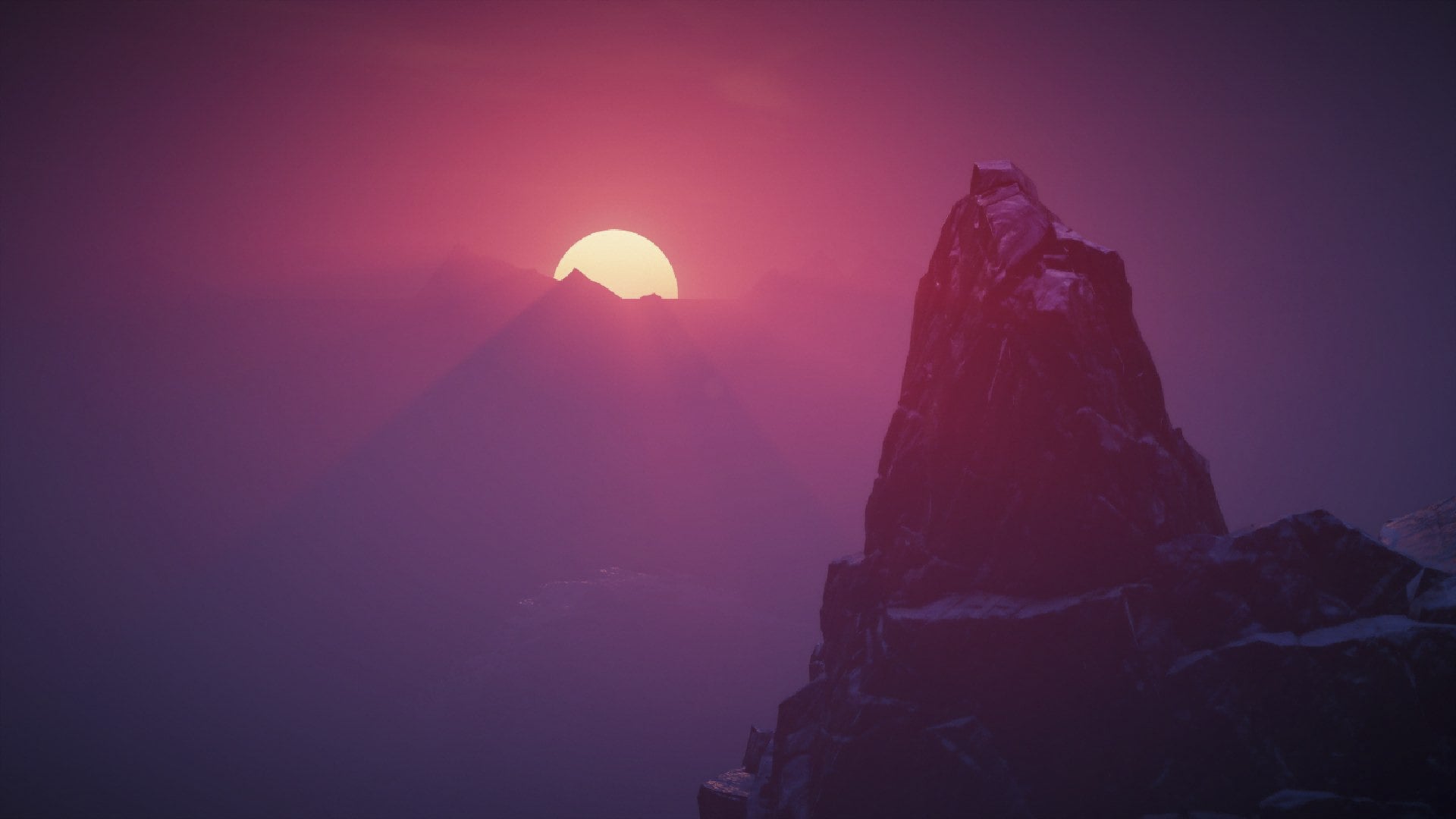
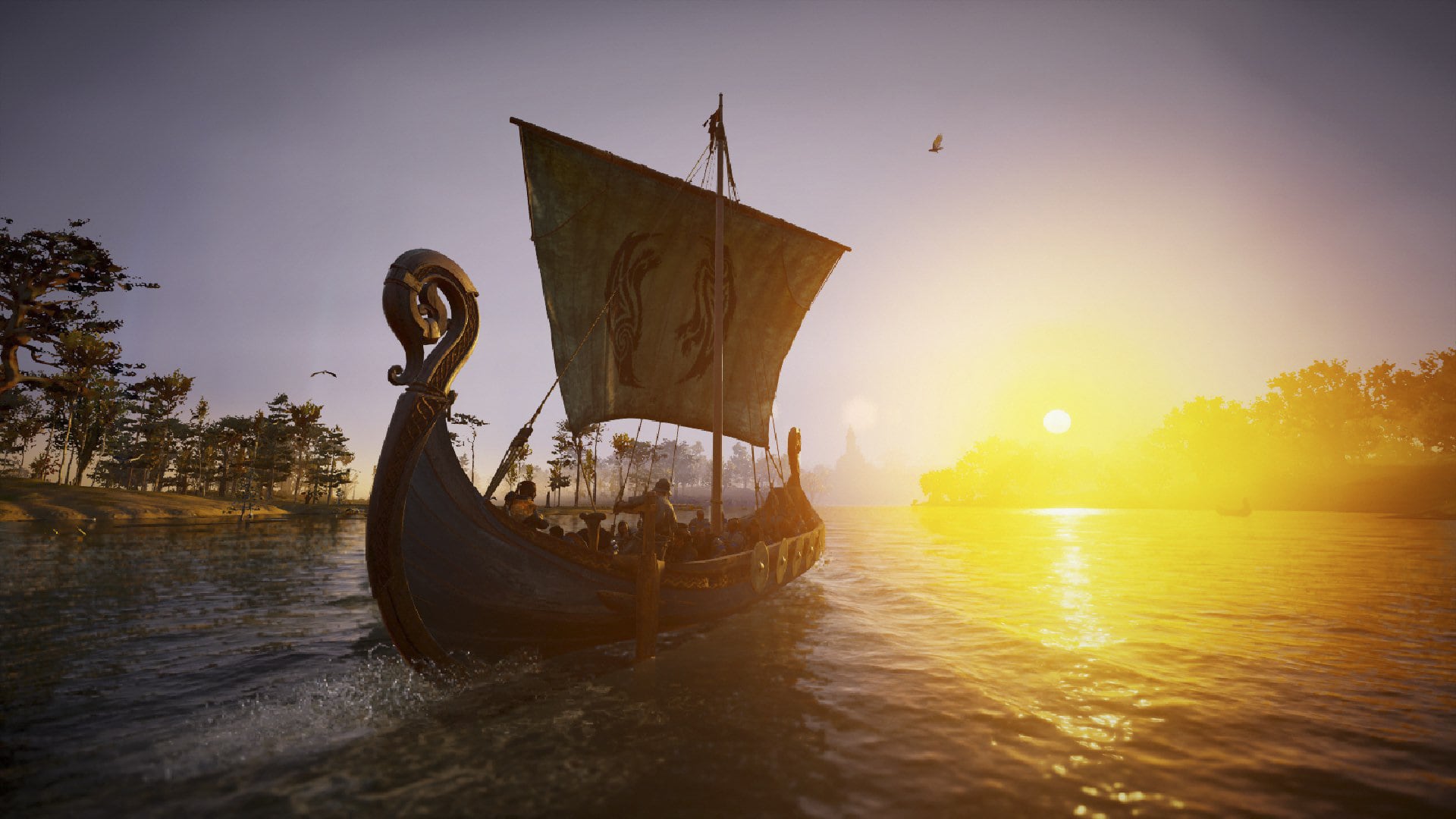
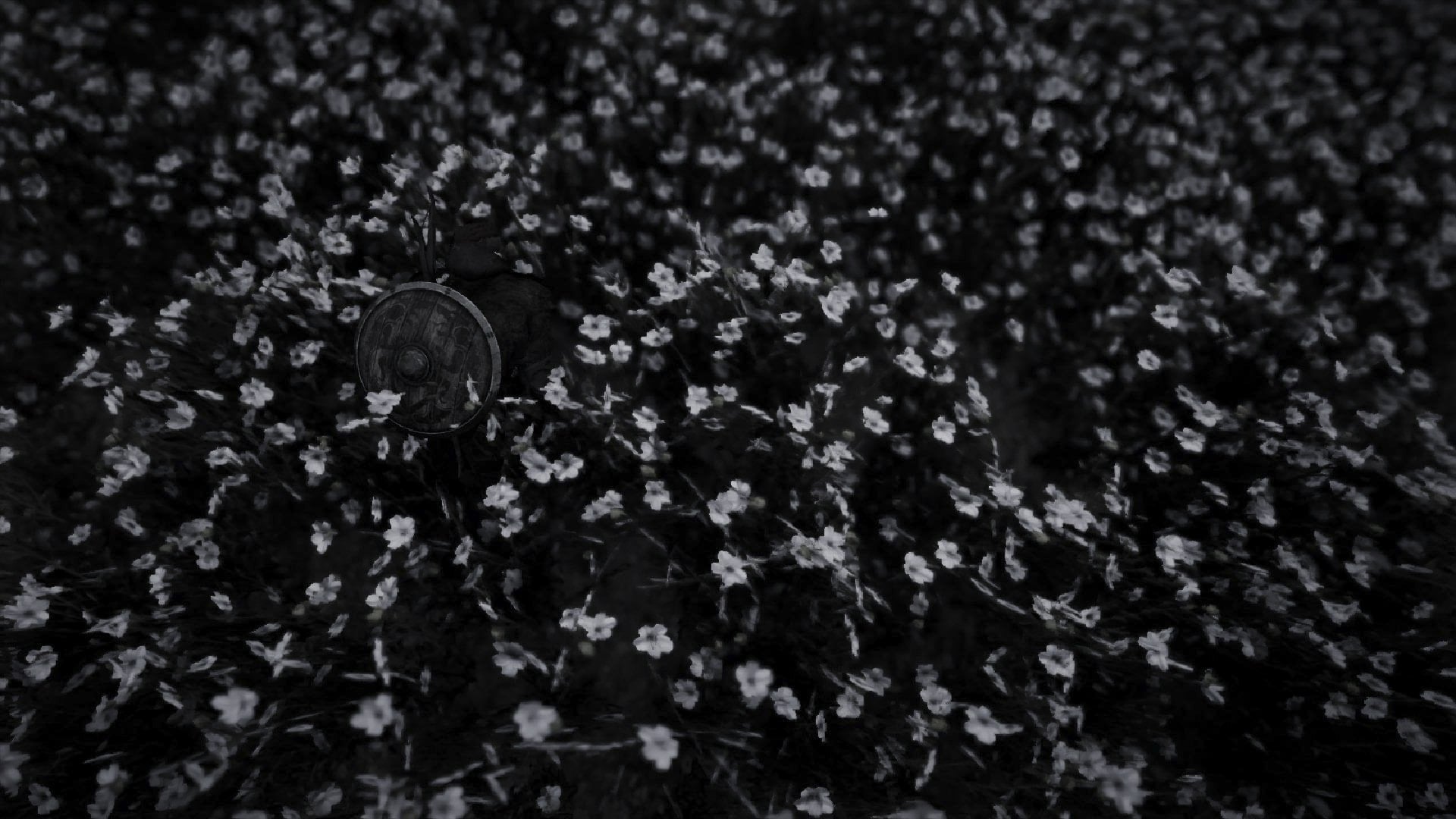
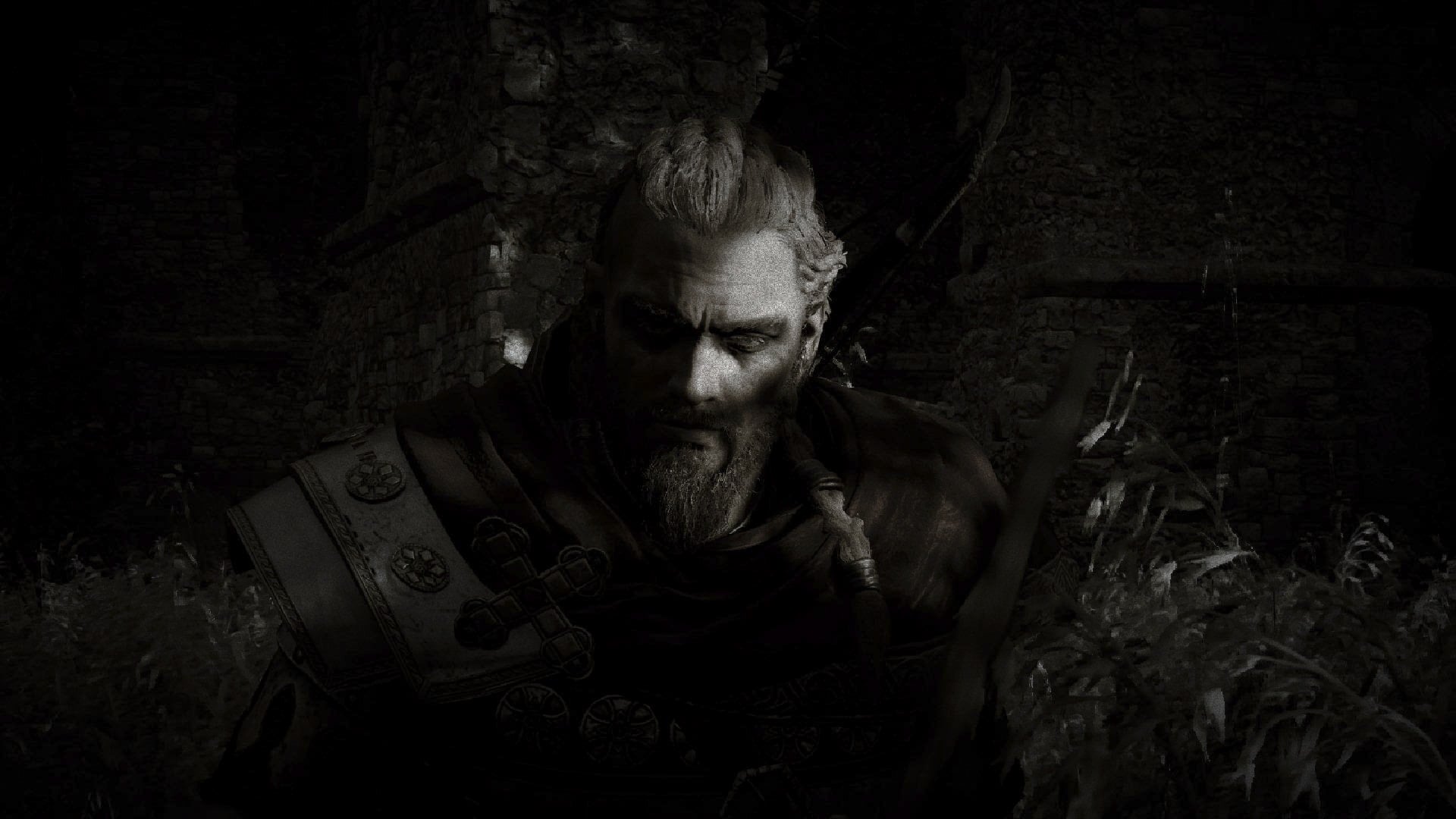

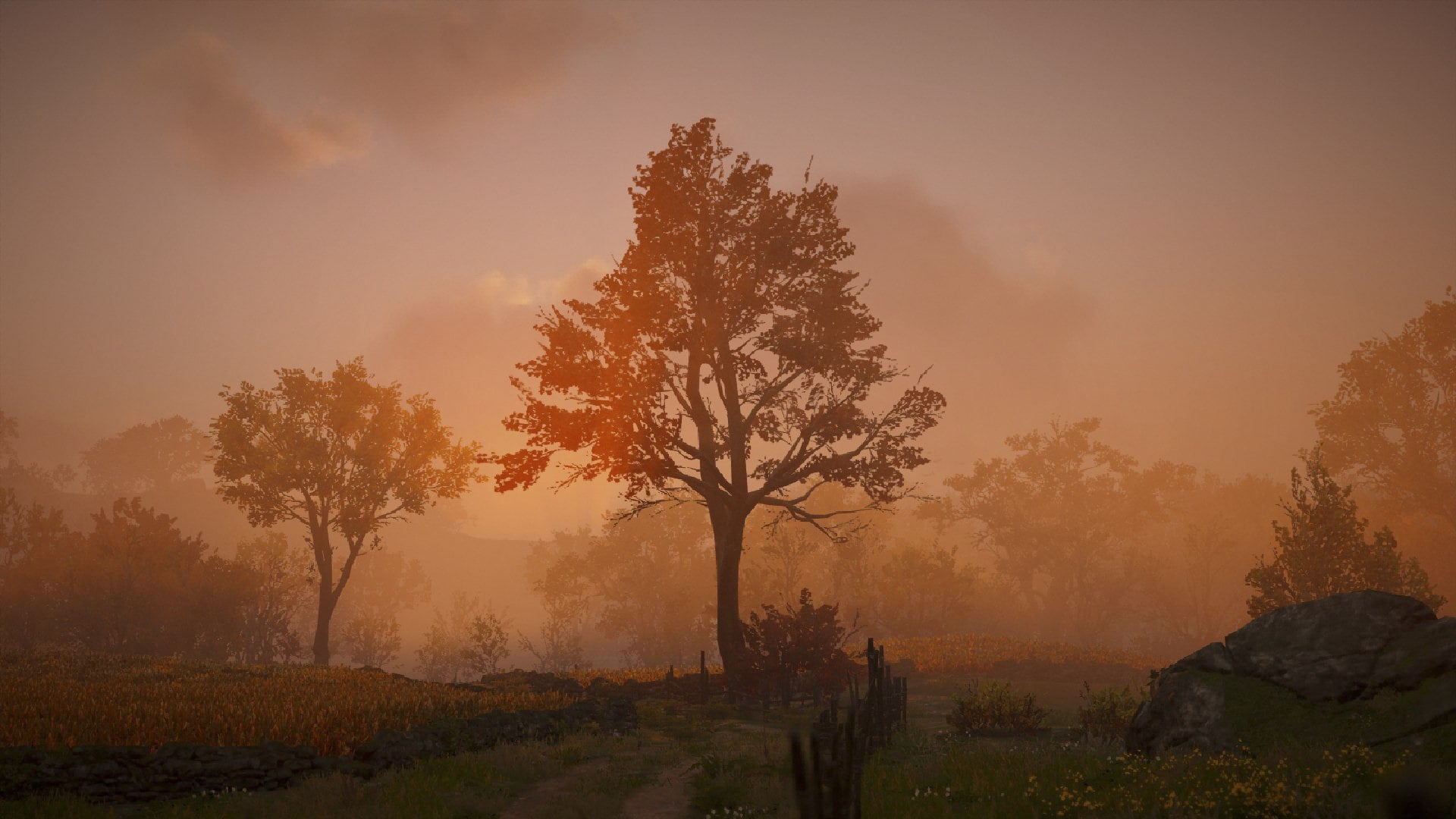
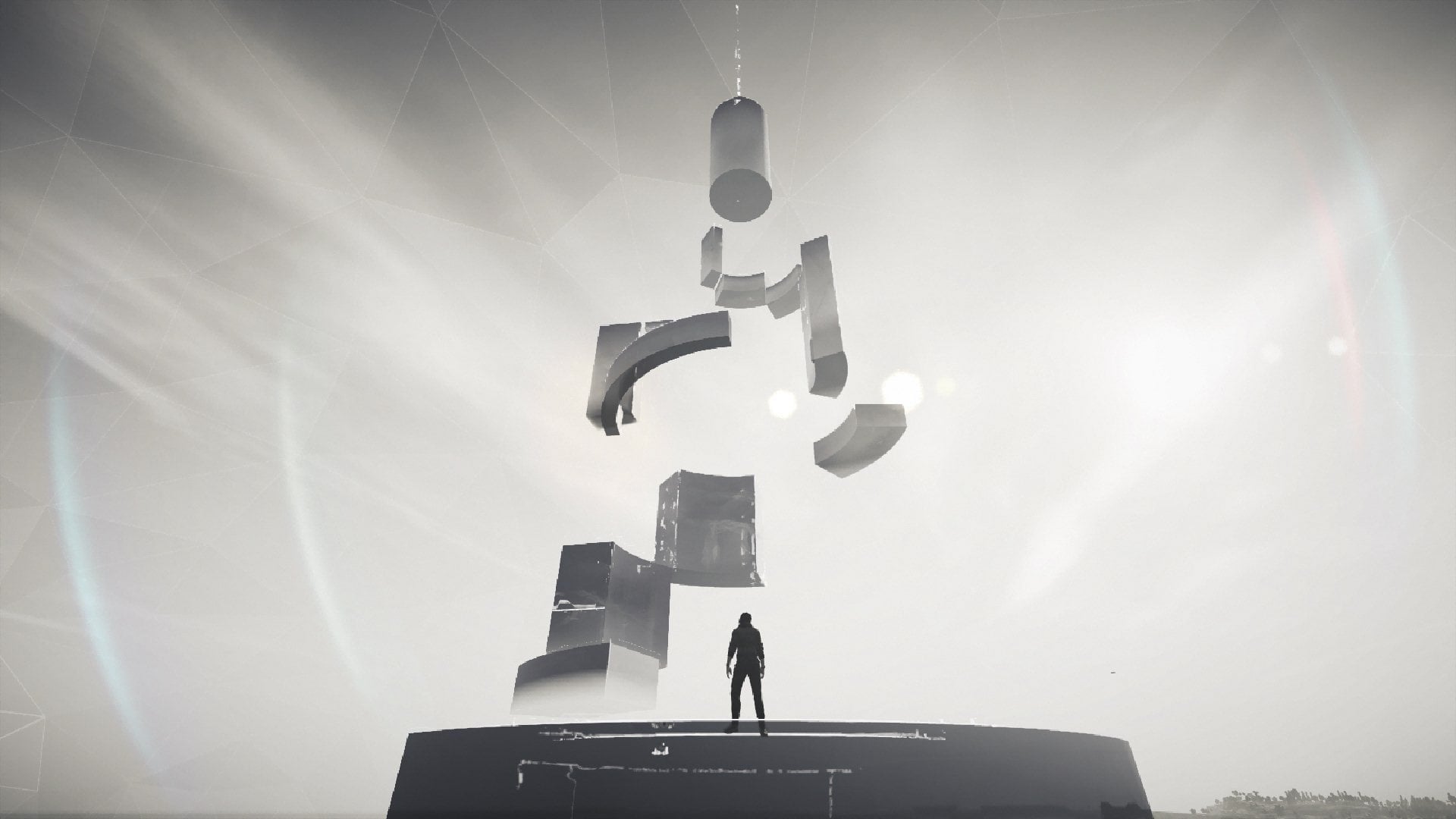

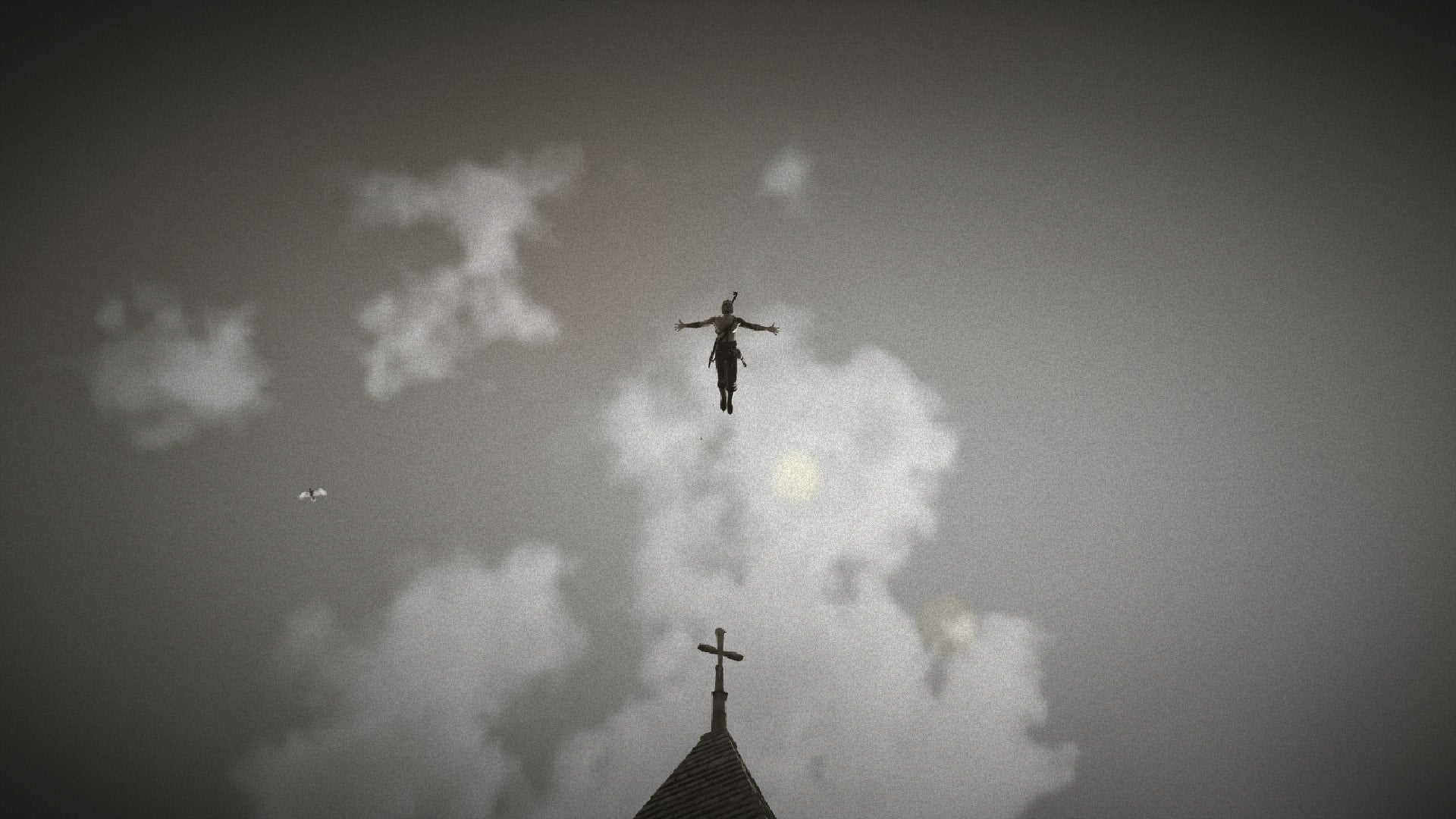

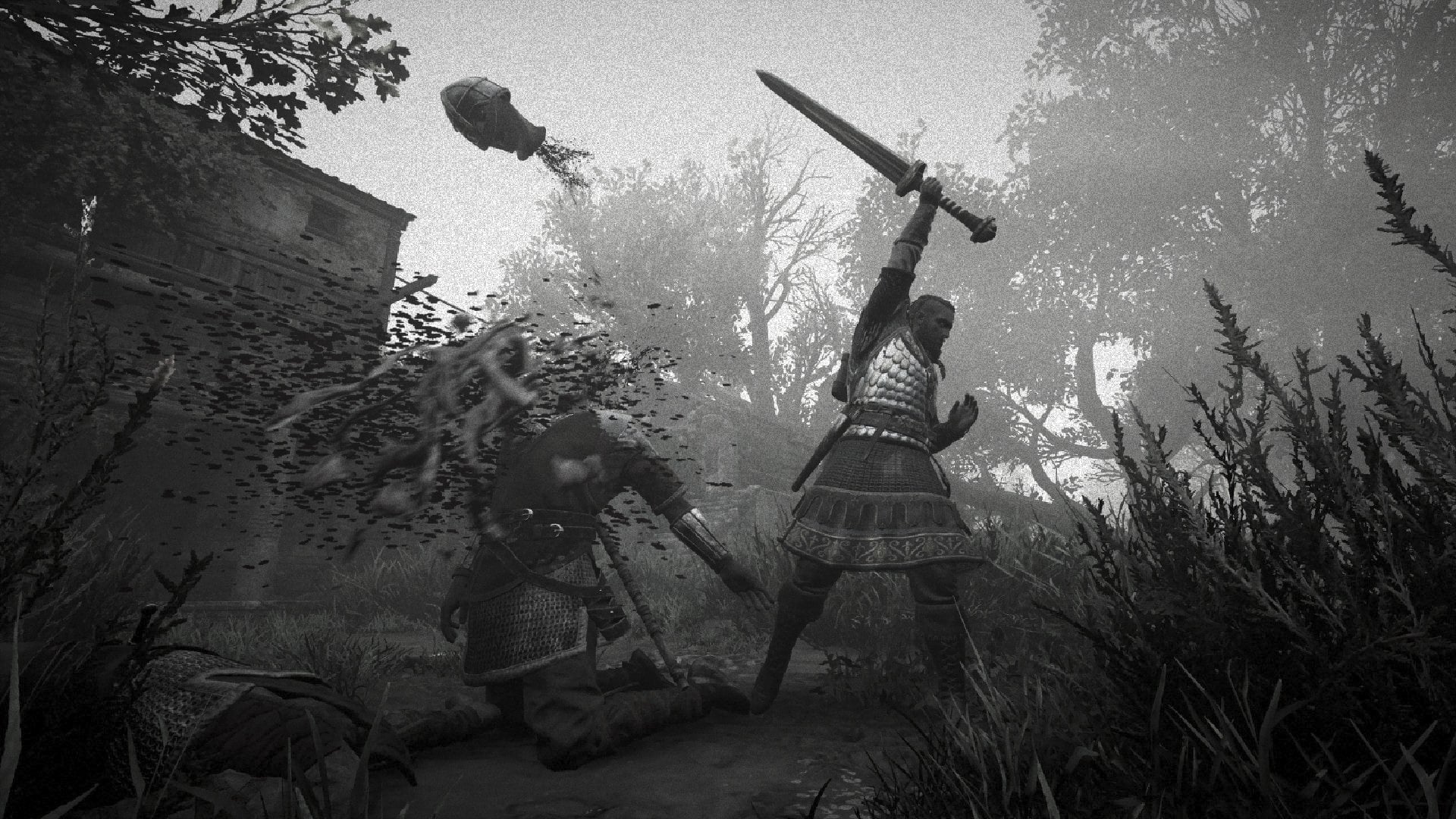
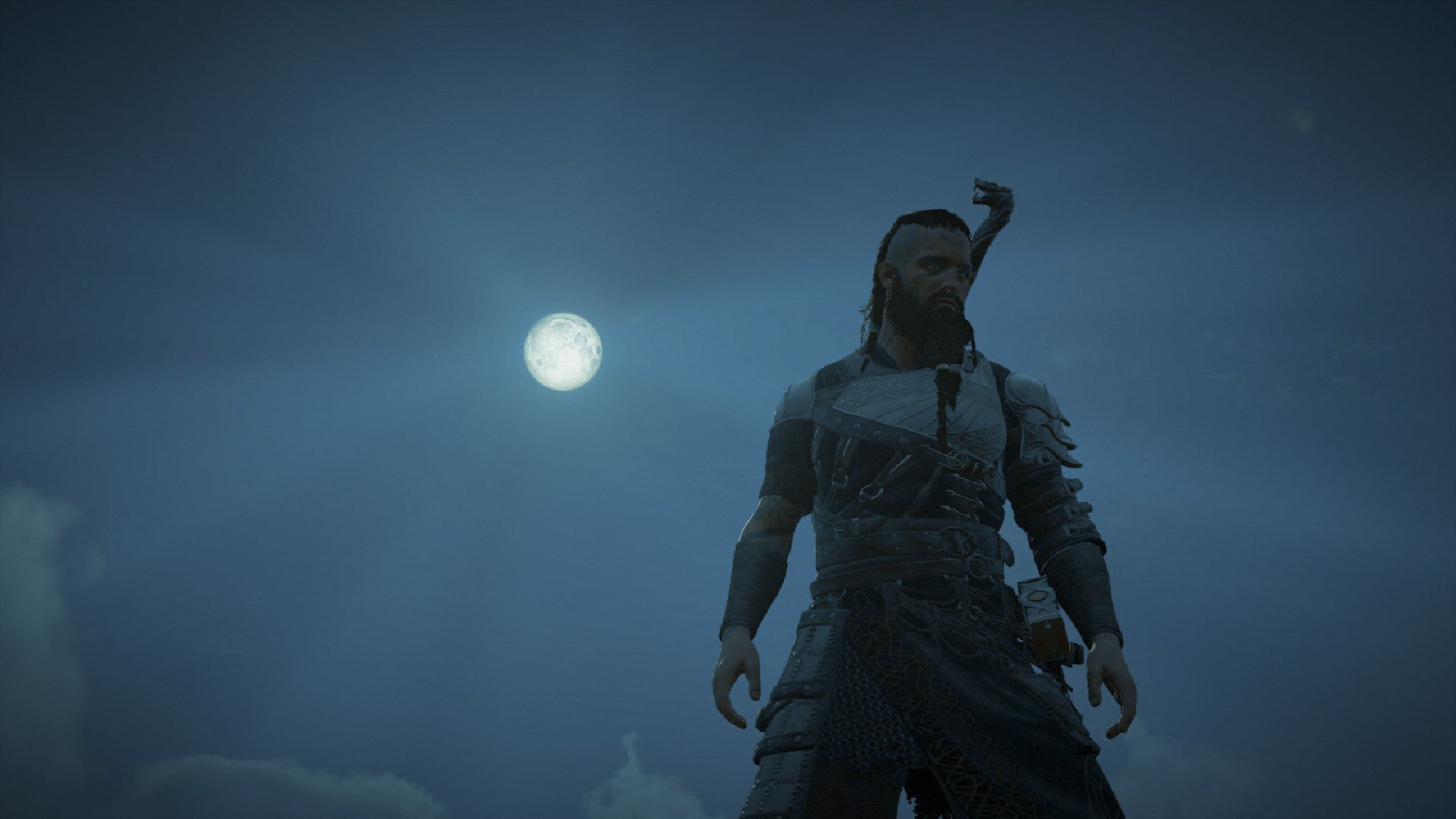
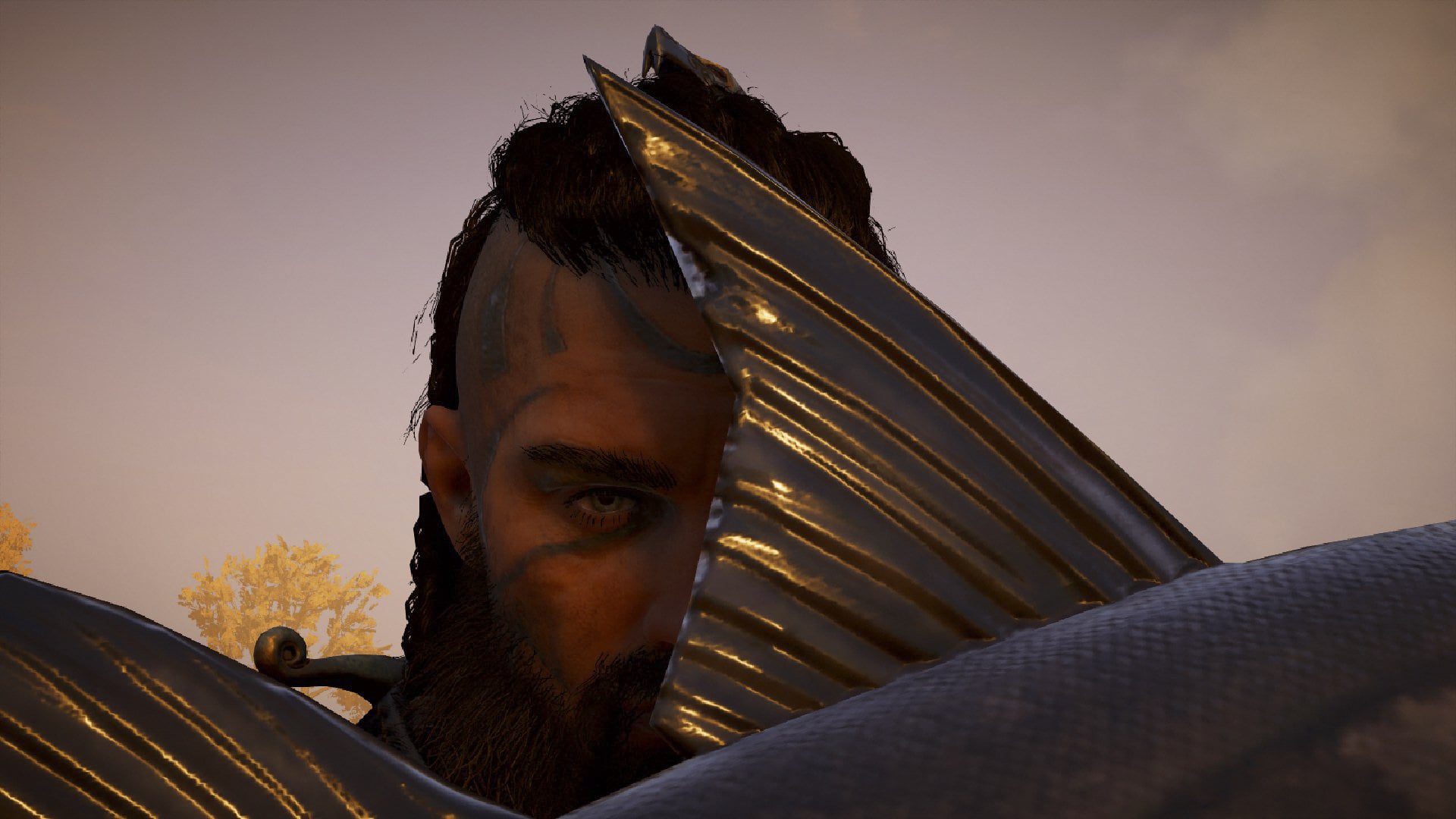
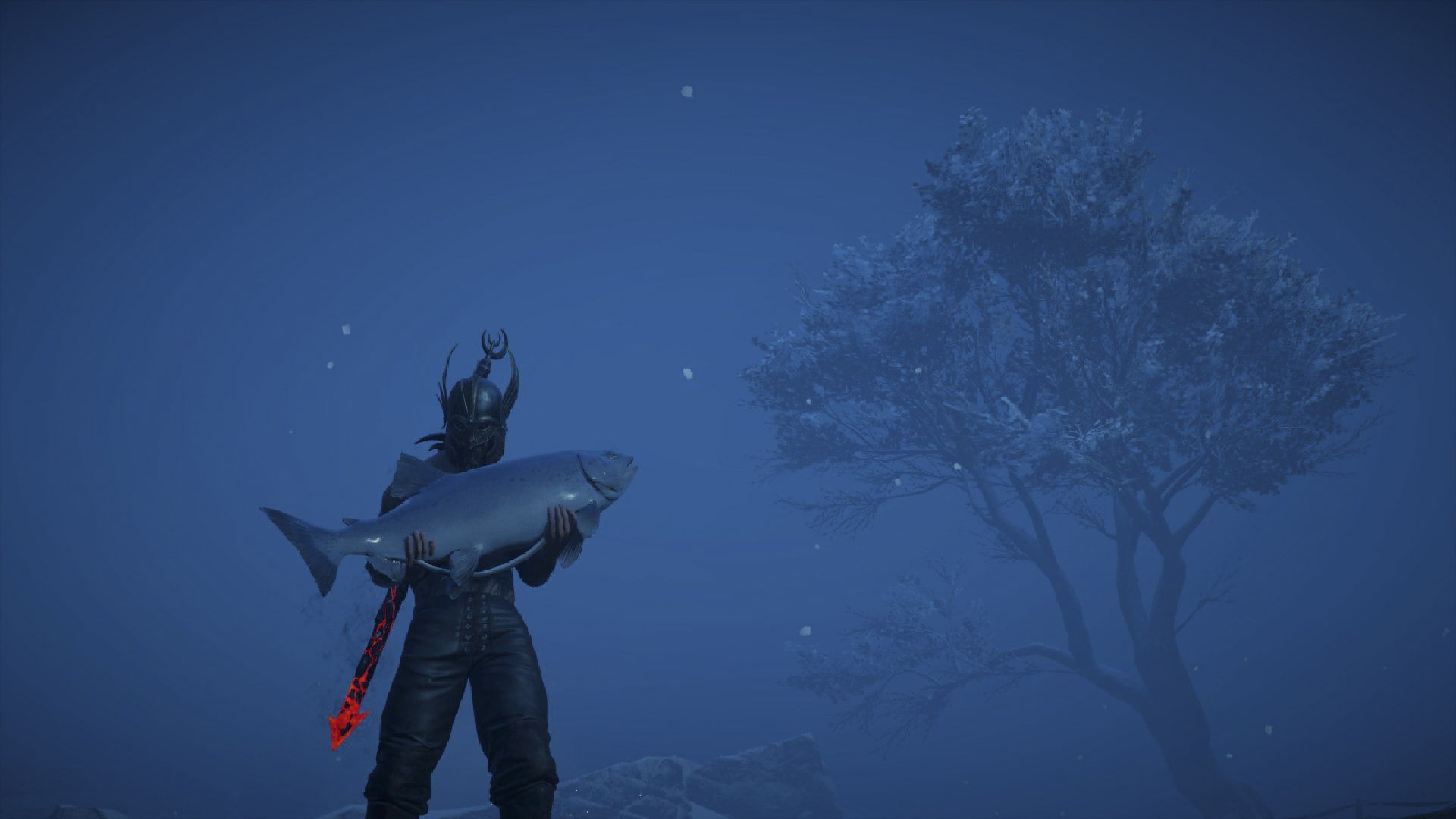
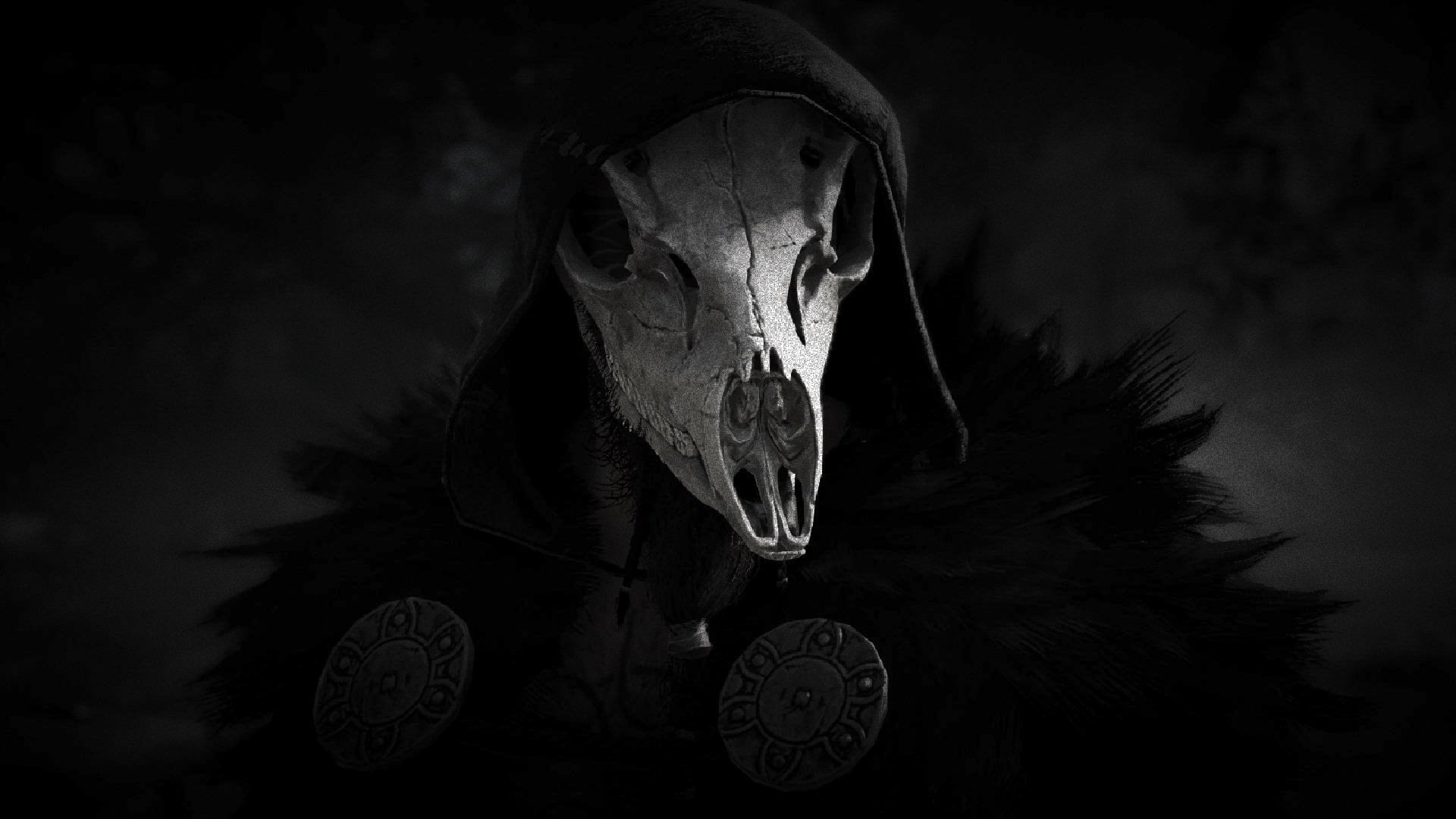
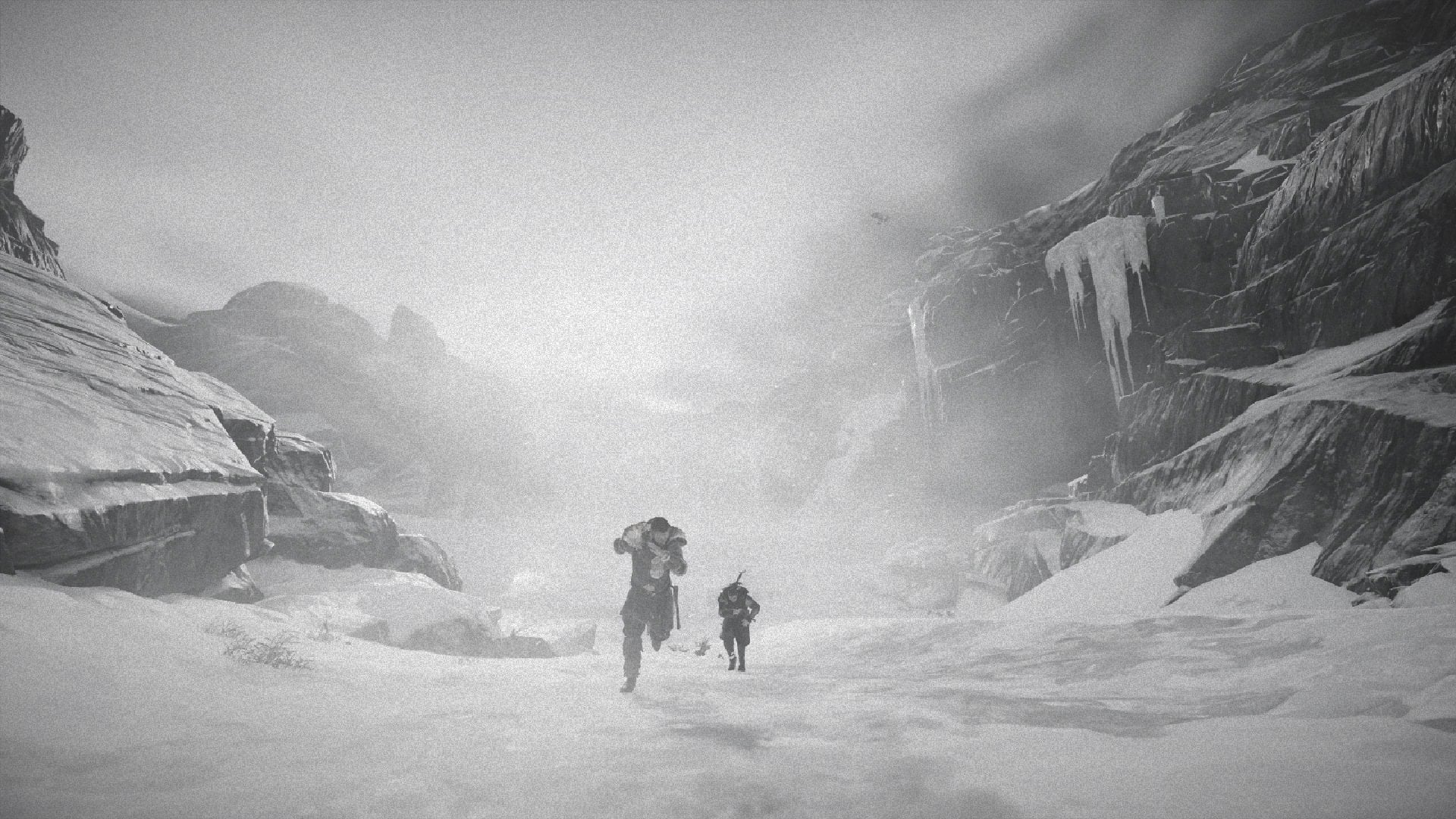
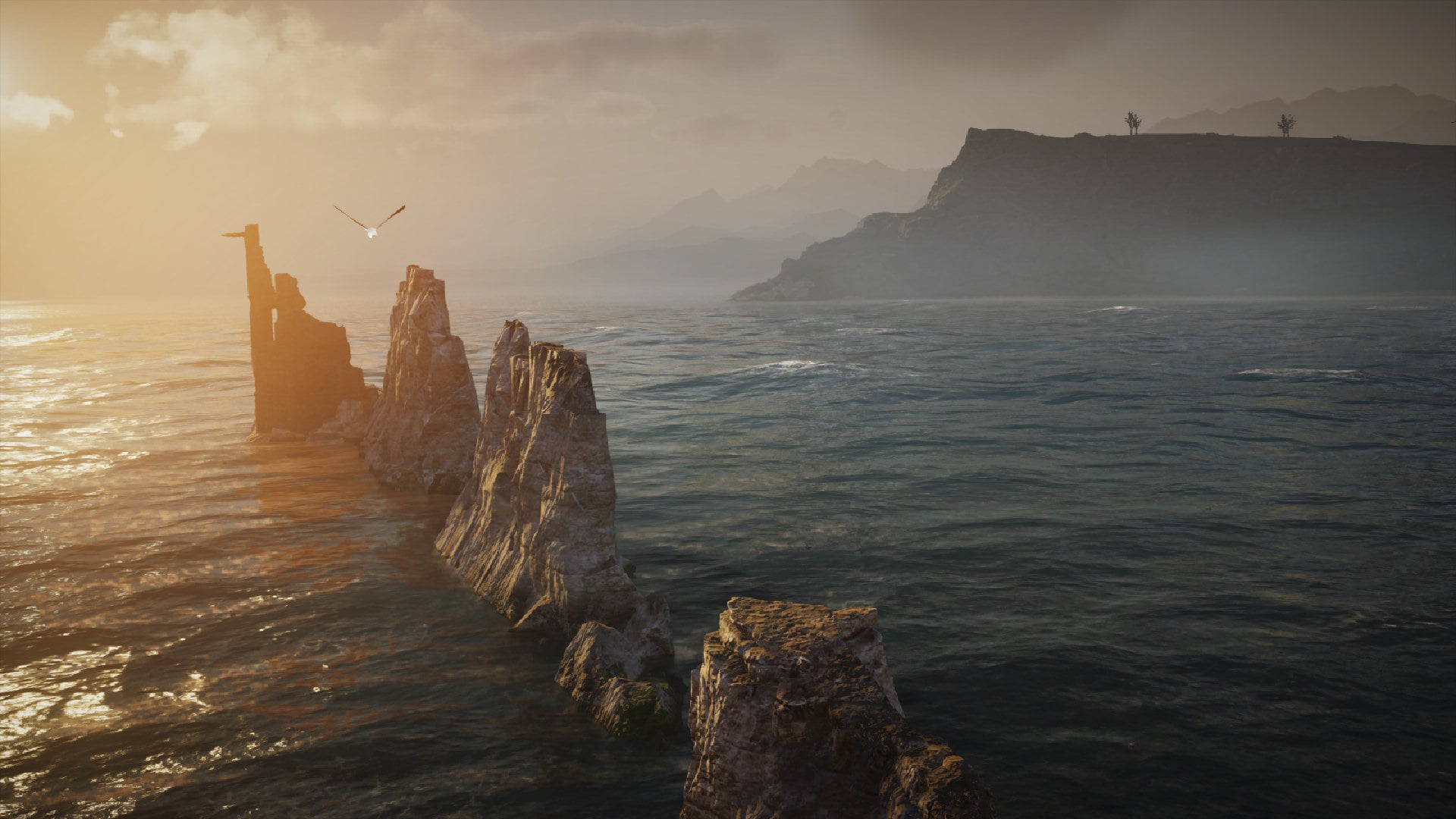
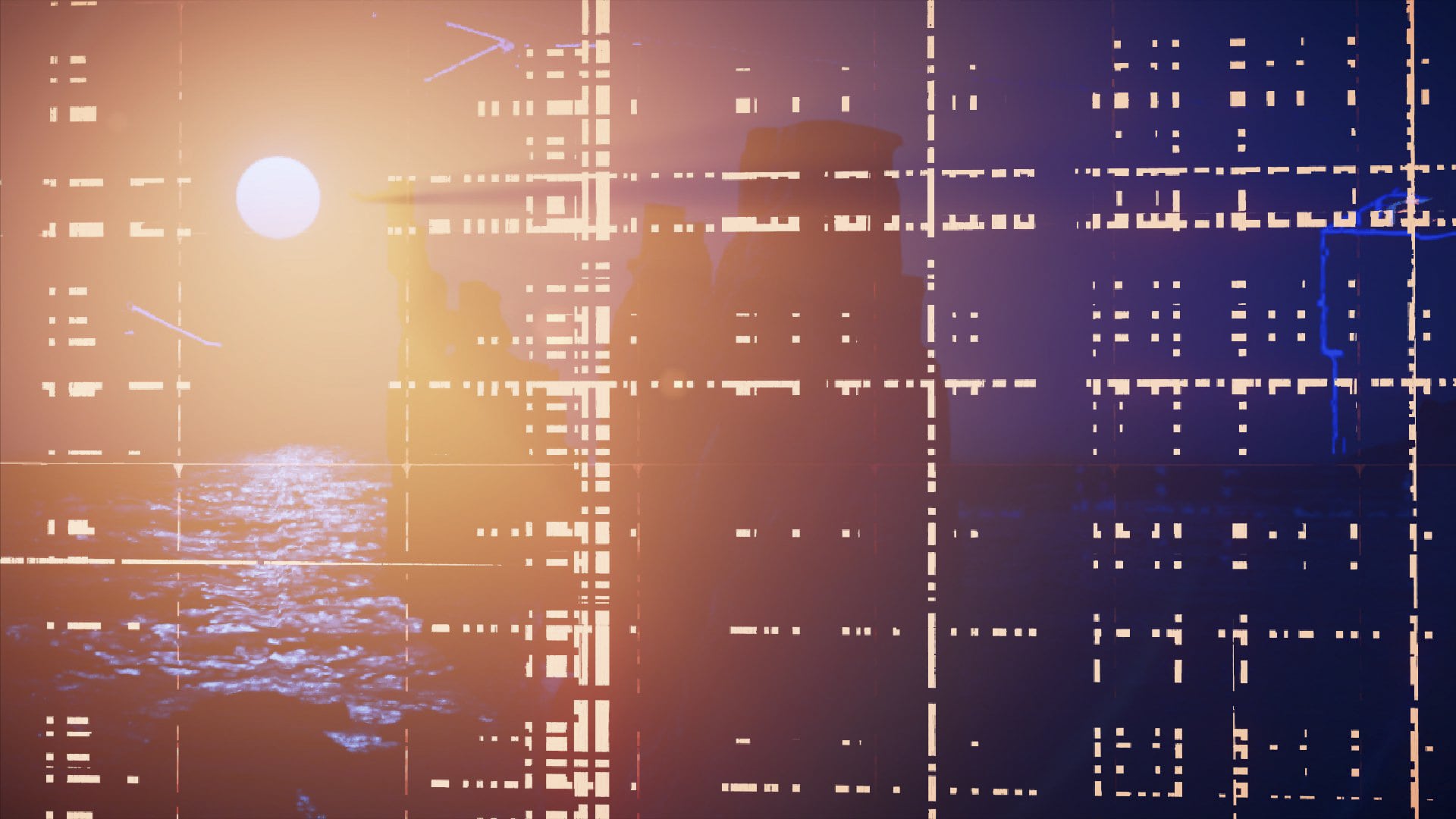
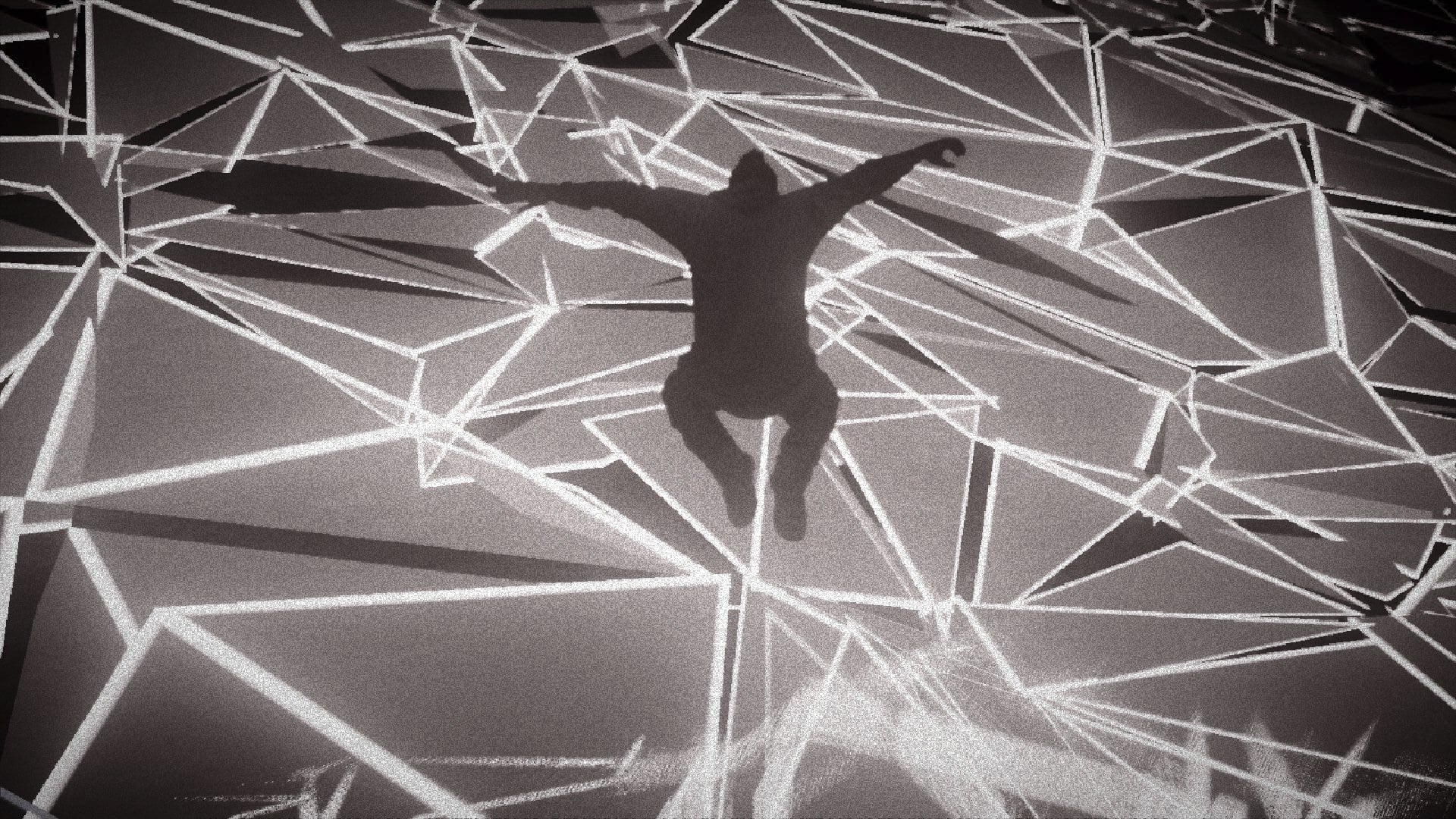
I think one primary aspect that differentiates virtual photography from real world photography, is that the moment you activate the in-game camera, the world stops, so you have all the time in the world to compose your photo. You are not so much waiting for an exact moment. Of course, you still have to catch the moment (such as your jumping or decapitation photos), but the moment is not fleeting.
This is not to say that virtual photography is still not valid. I take an awful lot of screenshots, myself, and I use my photographer’s eye when doing so, but there is still that disconnect where you are missing the transience of the moment itself.
Hello Kacey, you’re absolutely right, I didn’t consider that difference at first, now it seems obvious after you pointed it out. We get to literally freeze time to compose the scene the way we want without fear of missing anything.
What I find most interesting about virtual photography, it pushes us to understand photography as a whole even deeper. Thank you for your comment!
The ability to freeze the scene is actually one of the most important tools of virtual photography, and possibly an incredible practice for photographers both old and new. It gives you a chance to play, practice, experiment in a frozen moment. It helps you develop your eye and see what subtle changes happen as you move around, adjust the lenses, watch the lighting and shadows. It’s almost like pre-editing. I find that as a adjust the scene prior to snapping the “shutter,” my thought process is very similar to when I’m actually editing a photo in Lightroom. Each move is a subtle experiment to see how things change. This frozen space is a playground to learn what actually changes when you change your perspective and your “camera” settings.
Yes, it is like pre-editing, that’s one of the things I really enjoy about it. I can definitely see how it could be great practice for photographers, especially with composition.